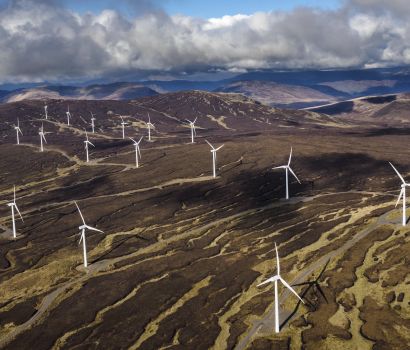renewable energy 101 how does biomass energy work
Trees and plants absorb carbon dioxide from the air use photosynthesis to isolate the carbon and then use it to build tree trunks bark and leaves. Thermochemical Conversion Thermochemical conversion of biomass can produce solid liquid and gaseous fuels.
/cdn.vox-cdn.com/uploads/chorus_image/image/64023326/shutterstock_581537176.0.jpg)
Renewable Energy The Global Transition Explained In 12 Charts Vox
It can also be converted into liquid and gas fuels using different processes.
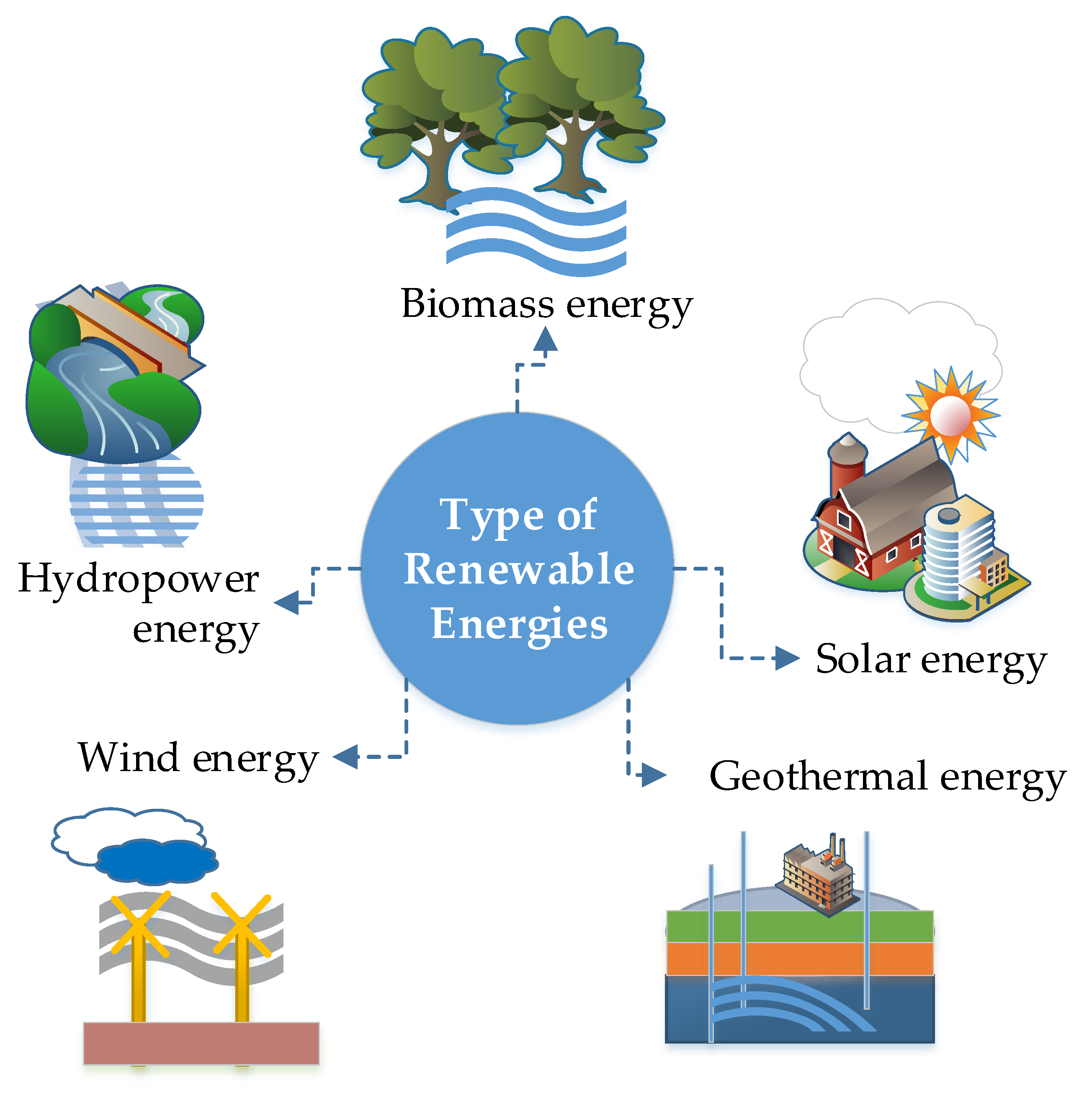
. Department of Energy DOE has described biomass as being the planets only renewable energy source that is able to offer a viable supplement to petroleum-based liquid transportation. Biomass is a fancy name for material from plants and animals. When people discuss the biomass industry today they are most often referring.
Biomass refers to organic material in trees and living vegetation. Scientists and engineers at the US. Alternative ways to utilise biomass energy includes.
Biomass is solar energy captured in organic matter. But when the plant dies it rots down and much of the carbon is released back into the atmosphere as carbon dioxide. ReVolve Renewable Power Acquires Centrica Business Solutions Mexico to Disrupt the Distributed Generation Market.
Direct combustion is the most common method for converting biomass to useful energy. Renewable Sources Biomass Biomass is biological matter that can be used as fuel or for industrial production and it makes a major contribution to the nations renewable energy portfolio. Landfill and sewage gas domestic wood industrial wood co-firing waste combustion animal biomass anaerobic digestion and transport biofuels.
Wood chips manure and garbage are dried out and compressed into squares called briquettes These briquettes are so dry that they do not absorb water. Biomass is a versatile energy source. Department of Energy and its national laboratories are finding new more efficient ways to convert biomass into biofuels that can take the place of conventional fuels like gasoline diesel and.
Biomass contains stored energy. Since biomass can be used as a fuel directly eg. One common example is wood.
It is made up of carbohydrates -- organic compounds that are found in growing plant life. Burning biomass is not the only way to release its energy. The steam then puts pressure on a turbine causing it to turn powering a generator and creating electricity.
Biomass can be burned to create heat direct converted into electricity direct or processed into biofuel indirect. Biomass energy Biomass energy is produced from nonfossilized plant materials. Wood waste or garbage can be burned to produce steam for making electricity or to provide heat to industries and homes.
Thermochemical conversion of biomass includes pyrolysis and gasification. All biomass can be burned directly for heating buildings and water for industrial process heat and for generating electricity in steam turbines. Wood logs some people use the words biomass and biofuel interchangeably.
Biomass can also be converted into biofuel. When burned the chemical energy in biomass is released as heat. Burning bacterial decay and conversion to gasliquid fuel.
It ranges from wood and corn most commonly to manure food waste and even seaweed. Thats because plants absorb energy from the sun through the process of photosynthesis. Biopower technologies convert renewable biomass fuels into heat and electricity using one of three processes.
Biomass is plant-based material used as fuel to produce heat or electricityExamples are wood and wood residues energy crops agricultural residues and waste from industry farms and households. Bioproducts In addition to electricity and fuels biomass can also be converted into chemicals for making plastics and other products that typically are made from petroleum. We get energy from biomass by burning it.
It can be converted into liquid transportation fuels that are equivalent to fossil-based fuels such as gasoline jet and diesel fuel. Organic matter from trees and plants is burned to heat water creating steam. Bioenergy technologies enable the reuse of carbon from biomass and waste streams into reduced-emissions fuels for cars trucks jets and ships.
Thermal conversion involves heating the biomass feedstock in order to burn dehydrate or stabilize it. If you have a fireplace the wood you burn in it is a biomass fuel. Biomass can be converted to other usable forms of energy like.
Growing plants and trees use the process of photosynthesis which takes solar energy to change carbon dioxide into. We consider biomass a renewable energy source if the plants or other organic materials being burned are replaced. The use of biodiesel.
In a process called photosynthesis the reaction between plants light water and carbon dioxide plants capture sunlight and transform it into chemical energy. Wood and wood waste are the largest sources of biomass energy in the United States followed by biofuels and municipal solid waste. The logic behind biomass energy is simple.
Biomass energy provides 70 of the UKs renewable energy production with plant biomass making up 21 of the several biomass energy options which include. They can be stored and burned to create heat or generate electricity. Biomass is an organic renewable energy source that includes materials such as agriculture and forest residues energy crops and algae.
Others subsume one term under the other. How does biomass energy work. Biomass can be burned by thermal conversion and used for energy.
It releases carbon dioxide CO2 when burned but considerably less than fossil fuels. Biomass is a renewable energy source generated from burning wood plants and other organic matter such as manure or household waste. In all cases it converts energy from the sun that plants have stored via photosynthesis into energy we can use.
Pretty much anything relating to anything you can do with biomass. Biomass is a versatile renewable energy source. When biomass is burned this stored energy is released as heat.
Biomass Energy - clean and carbon neutral. This energy can then be converted into electricity heat or liquid fuels using a number of different conversion processes. Biomass can be burned directly as a heat source and can be used to generate electricity in steam turbines.
Biomass energy is a fancy way of saying something which we. Although the term is perhaps most familiar in the context of corn ethanol that is added to gasoline biomass has many applications. Some kinds of biomass can be burned to produce energy.
Fermenting alcohol to create bioethanol. Biomass is bioenergys source material and it varies widely. Biomass energy includes biofuels such as ethanol and biodiesel wood and wood waste biogas from landfills and municipal solid waste.
Like solar power biomass is a flexible energy.
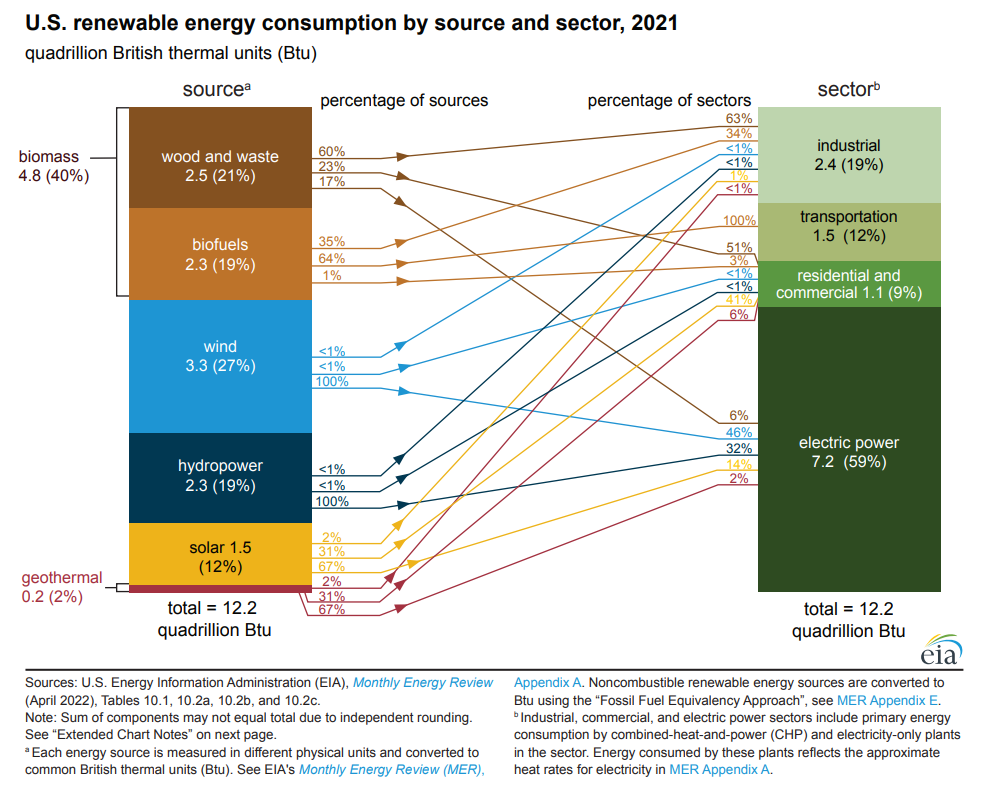
Renewable Energy Explained Types And Usage U S Energy Information Administration Eia

Renewable Energy Facts And Information

Differences Between Wind Power And Solar Energy Direct Energy

Renewable Energy Sources Types Of Energy For Kids Youtube

These Are Basically Treasure Maps For Renewable Energy Renewable Sources Of Energy Wind Map Renewable Energy
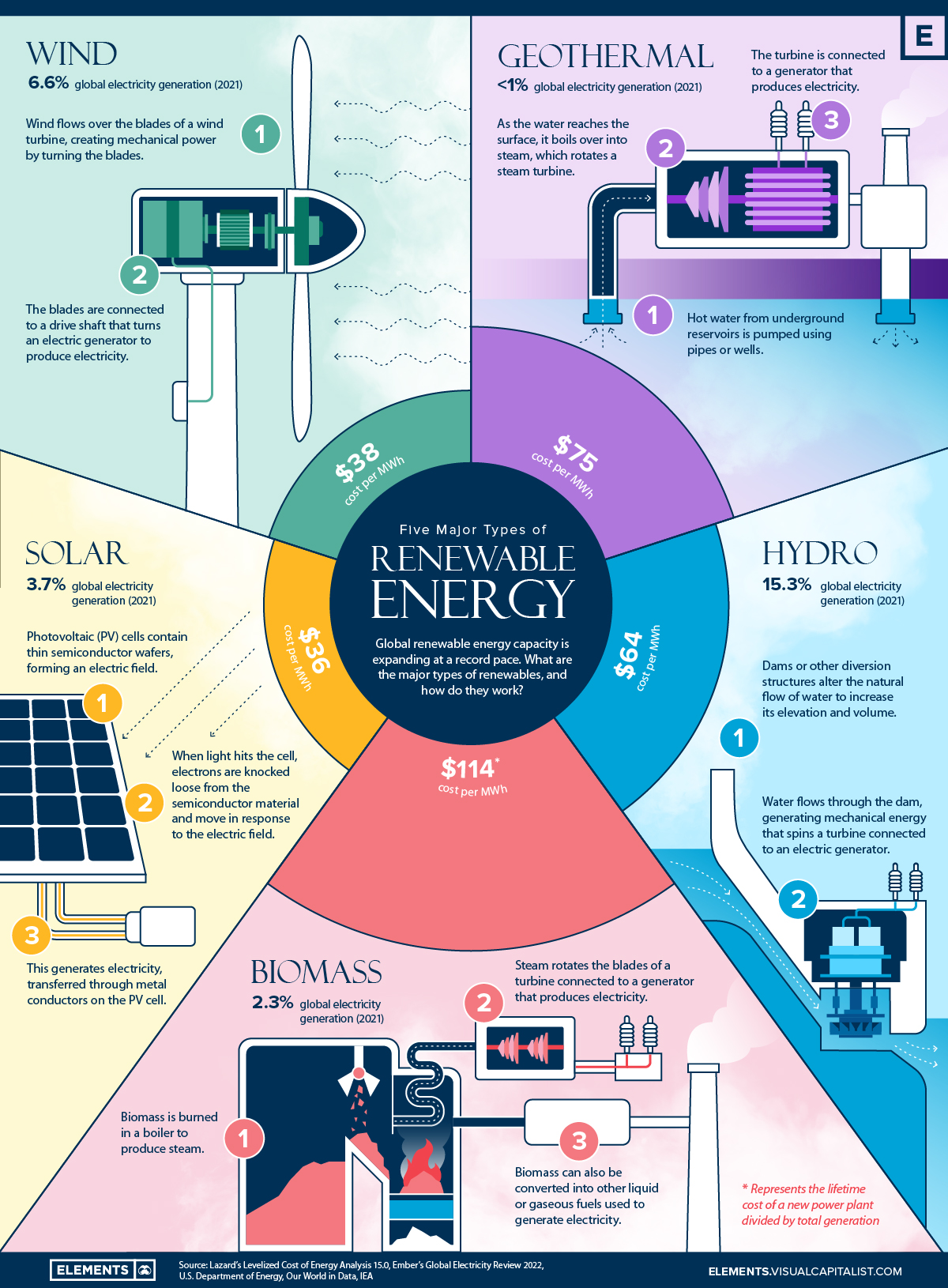
What Are The Five Major Types Of Renewable Energy

7 Types Of Renewable Energy The Future Of Energy

Pros And Cons Of Renewable Energy Collage Of Different Types Of Energy Fontes De Energias Renovaveis Fontes De Energia Energia Renovavel

Renewable Energy Resources And Their Importance
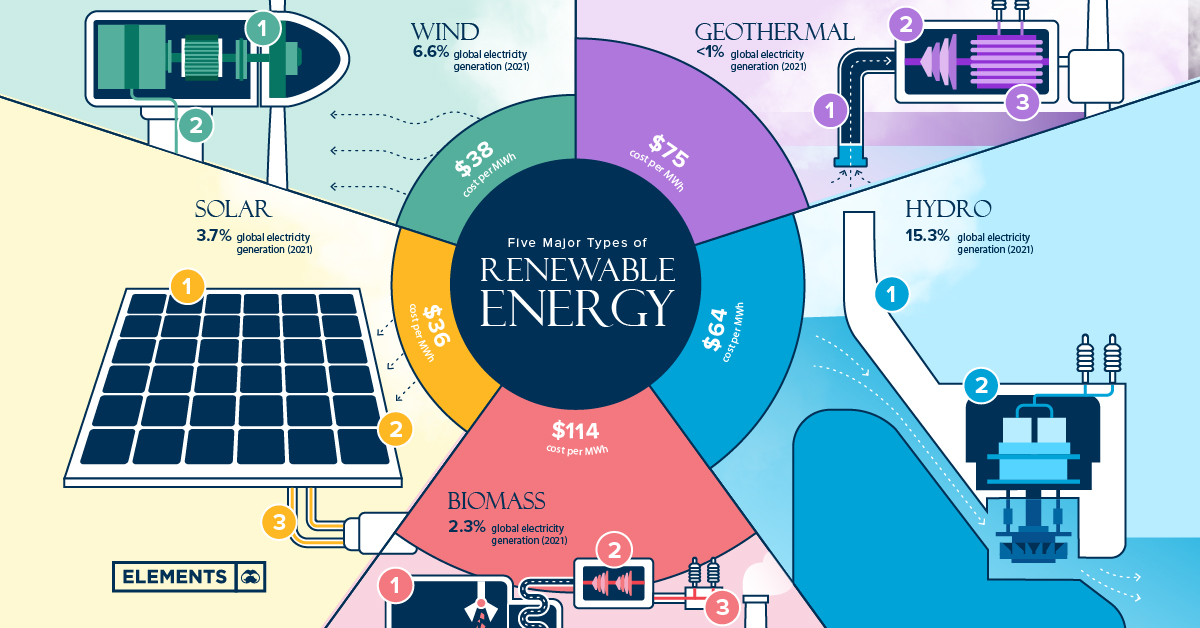
What Are The Five Major Types Of Renewable Energy

How Does Wind Energy Work Wind Energy Energy Technology Geothermal Energy
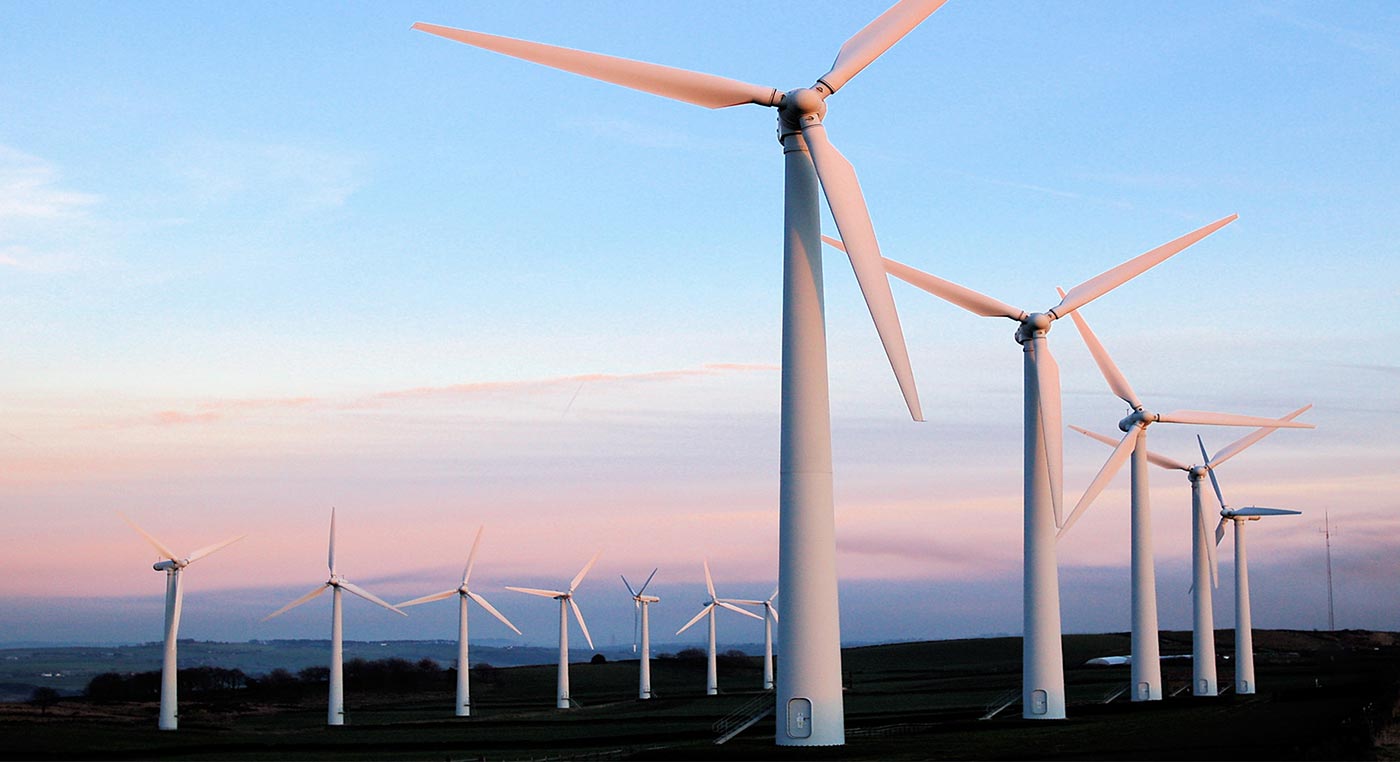
Renewable Energy Sources Student Energy

The Way It Works Wind Energy Clean Energy Resource Teams What Is Wind Energy What Is Wind Wind Turbine

Renewable Energy Department Of Environmental Protection Montgomery County Md

Resources Free Full Text Exploring Renewable Energy Resources Using Remote Sensing And Gis A Review Html

Germany Generated So Much Renewable Energy Last Weekend Electric Prices Went Negative Renewable Energy Advantages Of Solar Energy Sustainable Energy

